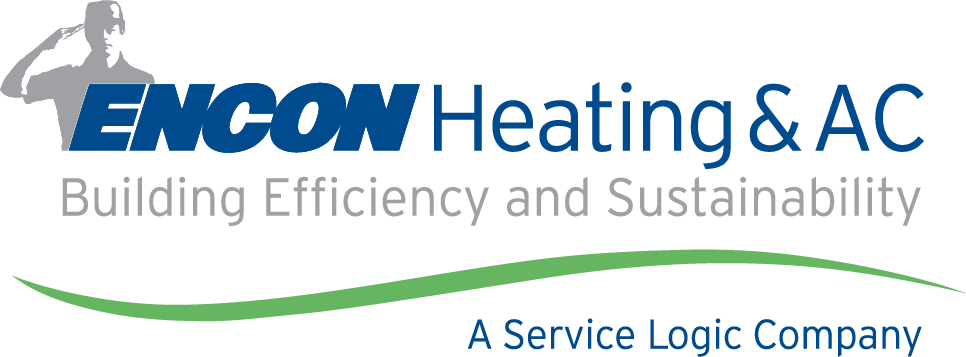Planned Commercial HVAC Service Can Raise Your Bottom Line
No matter what industry you’re in or which business model you employ, the need to maintain your bottom line doesn’t change. If you’re spending more than you’re earning, you’re not going to be in business for long. Smart business owners monitor profit-and-loss statements and take immediate action if they show signs of financial trouble.
As the owner of a commercial building, you, no doubt, do the same. Your commercial facility needs to be run like any other business, keeping the bottom line healthy. Along with numerous other important factors you need to juggle, investing in a routine commercial HVAC service plan is a powerful way to accomplish that.
The following summary includes three practical ways a routine HVAC service plan can improve the bottom line for commercial buildings in the Connecticut.
Greater energy efficiency
Commercial buildings account for over 40% of the energy consumed in the United States, and commercial HVAC systems are responsible for around 44% of each building’s energy usage. Obviously, then, making sure the HVAC system is running as efficiently as possible can have a huge impact on your annual utility costs.
We’ve worked with many commercial building owners that now enjoy incredible ROI after investing in more efficient HVAC equipment and introducing a routine maintenance schedule where maintenance may have been neglected previously. In our experience, the larger the commercial building, the higher the ROI.
Avoiding emergency repairs
Just like your vehicle, your commercial HVAC system requires routine maintenance in order to identify and proactively replace parts that are wearing out over time or beginning to operate poorly. If you were to put off replacing a tire that is wearing thin, you’re likely dealing with at least three results:
- Your car’s gas mileage (its energy efficiency) is dropping because of the soft tire
- Other parts attached to the tire and wheel are wearing out faster because the tire is not effectively absorbing shock or carrying its weight
- An unexpected blowout could even result in a dangerous accident, or, at the very least, an inconvenient situation
When a commercial HVAC system breaks down, it can create inconvenient, frustrating, and even dangerous conditions, depending on the circumstances. If lack of heat or cooling, or inadequate ventilation will put employees in jeopardy, you or your tenants will lose money due to lost productivity. If the a lot of vulnerable electronics are stored in the facility — like a data center — an HVAC outage can mean damage to expensive equipment that wouldn’t otherwise need to be replaced.
Considering the potential outcomes, the relatively low cost of a routine commercial HVAC service plan is just a drop in the bucket compared to the potential costs of allowing the system to break down.
Greater employee productivity
When employees are uncomfortable, they’re not going to give 100% of their energy and attention to the job. When your HVAC system is operating poorly, you can be sure employees will take note.
At the very least, uncomfortable employees may feel sluggish or have difficulty concentrating. Under more extreme conditions — such as if the air conditioning completely shuts down — they be understandably frustrated and disengaged, which only hurts productivity even more.
Statistically, productivity experts put the financial loss due to uncomfortable conditions at between 1% and 2%. That may not sound like a lot until you realize the work being done in many commercial facilities can be measured in the millions or even billions of dollars of revenue each year! 1 percent of $2 billion is $20,000,000! And that’s the ROI in just one year if you can recover that lost productivity!
So, as a commercial building owner or facility manager, you already know it’s vital to constantly monitor the bottom line. Investing in a routine commercial HVAC maintenance program is the smart call, and it can have long-reaching effects, including significant ROI.
If you’d like to discuss what money-saving options are available, contact us today and we’ll arrange for an energy engineer to visit your facility, assess the situation, and recommend solutions.
